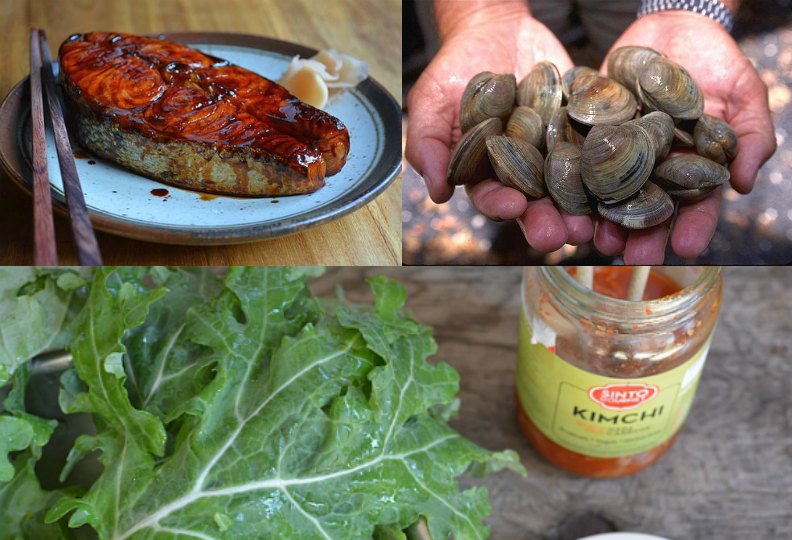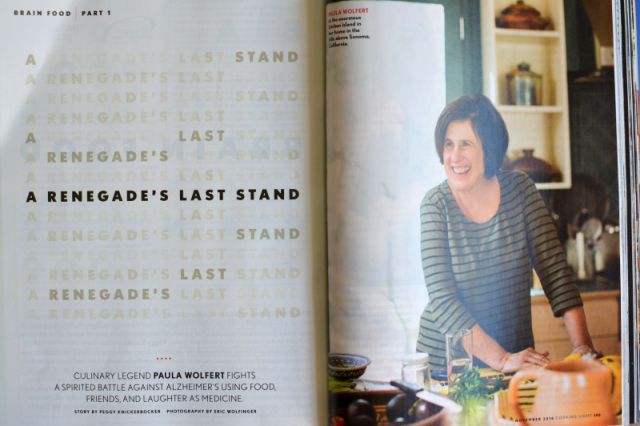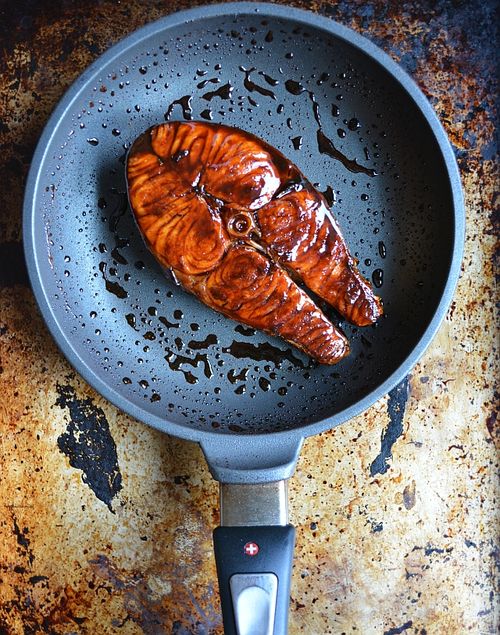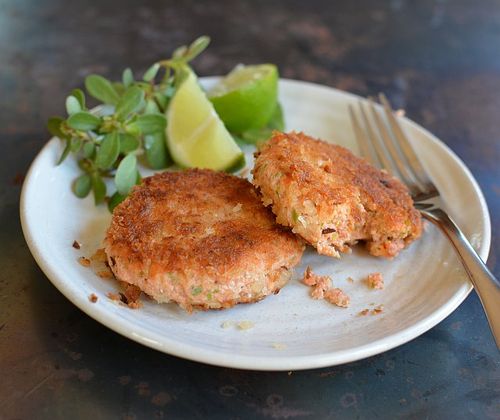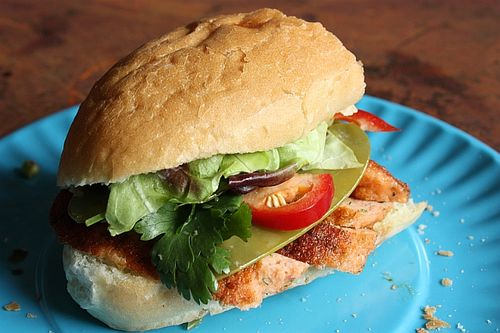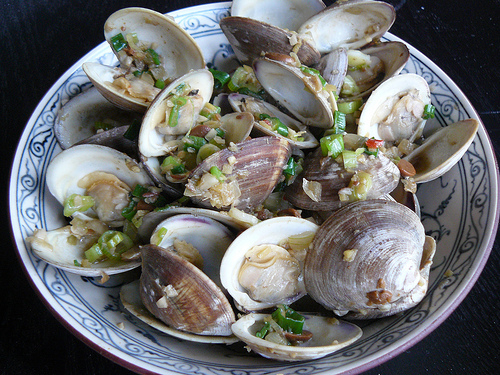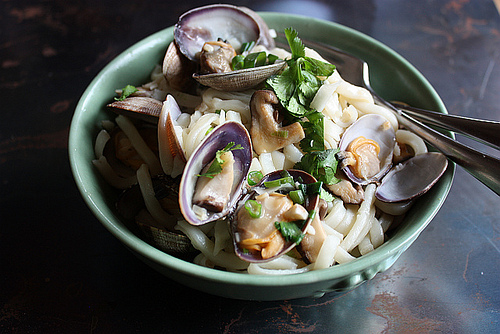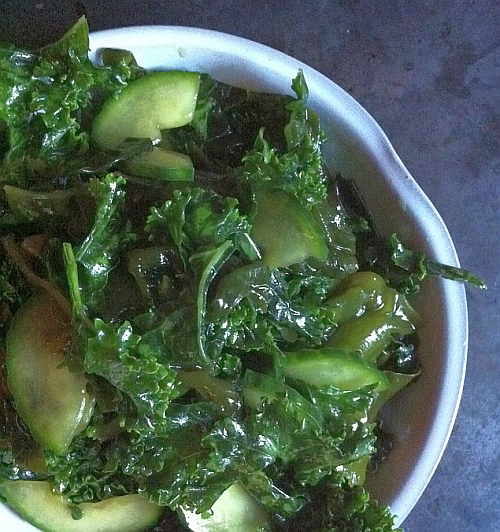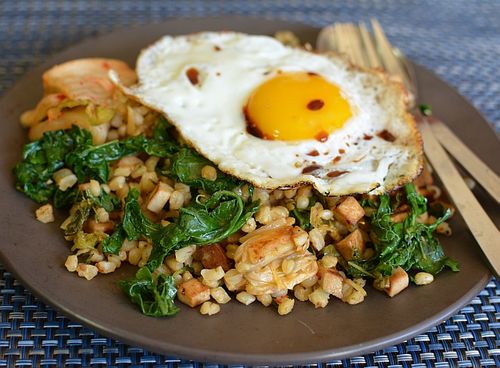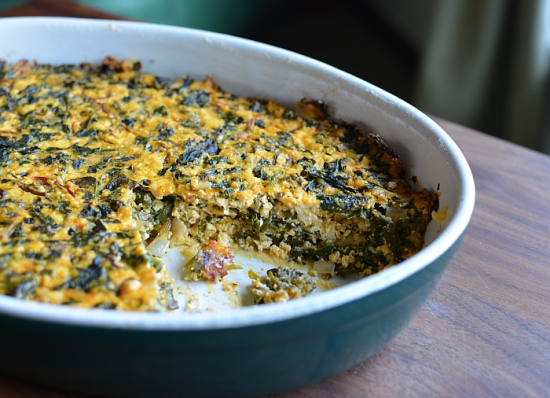My friends at Cooking Light magazine have been interested in the Paula Wolfert biography cookbook since the get-go. Editor-in-Chief Hunter Lewis and I began discussing brain-healthy foods a while back, and for the new November 2016 issue, the magazine published a robust, special section on healthy brain food. The lead story is about Paula and our Kickstarter project to tell her life story and highlight Alzheimer’s disease.
The feature was written by a long-time friend of Paula’s, cookbook author Peggy Knickerbocker, and includes excerpts from the book by Emily Thelin (the author) and images by Eric Wolfinger (the photographer). It’s a great sneak peek of our book, which you may pre-order.
As editor, I’m working with Emily, Eric and designer Toni Tajima to send Unforgettable to the print at the beginning of November. We’re looking at the book releasing in April or May 2017.
Along with the story on Paula and our project, the November issue of Cooking Light has a smart feature on brain food -– recipes as well as eating and lifestyle tips to feed your brain well. Dietitians and nutrition experts Sidney Fry, M.S., and Carolyn Williams, Ph.D., co-wrote the article. They include a list of “15 Brain-Boosting Foods”: fish, blueberries, nuts, beans, dark leafy greens, extra-virgin olive oil, wine(!), green tea, coffee, dark chocolate, fermented foods, turmeric, Vitamin B-rich foods (whole grains), eggs, and coconut oil.
The list is not exhaustive (I've read that walnuts are great for the brain, too). It's not an all-or-nothing approach. Sidney and Carolyn suggest daily and weekly intakes for each food. They also call out “brain drainers” such as eating fast food, which they say is okay once a week, if you must. Red meat is fine if you consume it fewer than four times a week.
The brain food section inspired me to look in the VWK archives for brain healthy recipes. Revisit them or try them out.
Stovetop Salmon Teriyaki – Pictured at the top of this article and below, my recipe is old school Japanese cooking and it is absolutely delicious. Salmon steaks cost less than fillet and cook up incredibly well.
Salmon Tofu Cakes – Transform leftover grilled salmon and block of tofu into something new and delicious. I make these for a snack and to add to my husband's lunch box.
Salmon Cakes with Garlic and Dill – This is a Nguyen family favorite and my mom’s recipe from Into the Vietnamese Kitchen. Try putting it into banh mi!
Stir-fried Clams with Spicy Bean Sauce – Unbeknownst to me until now is the fact that shellfish (clams, mussels, etc.) are high in B Vitamins. There are also fermented beans in this Hong Kong classic so you’ll be doing quantum physics in no time. Okay, maybe not, but you’ll be feeling good about what you’re eating.
Clams with Shiitake Mushroom and Udon (Vongole Udon) – For a whole-grain approach, try a brown-rice spaghetti or linguine (or a whole wheat pasta), boiling it separately and saving some of the liquid to thicken the sauce. This is a Japanese izakaya dish I recreated from Musha, a popular spot in Santa Monica.
Asian Kale and Seaweed Salad – The cooler months are leafy green season, and for this salad, choose soft, ruffly kale for the best results. The photo at the top of the post shows the leaves to look for. Early season kale is the most tender, our local farmers tell us.
Wheat Berries, Tofu, Kale, and Kimchi – Add a fried egg to enrich things. Use brown jasmine rice instead of wheat berries, if you like. Serve this with a side of kimchi for an extra probiotic boost.
Thai Red Curry Quiche with Tofu and Greens – An idea borrowed from Paula Wolfert that got a Southeast Asian treatment. Tofu is about beany goodness!
Add your own tweaks and suggestions! If you eat for good brain health, share your tips and insights.













